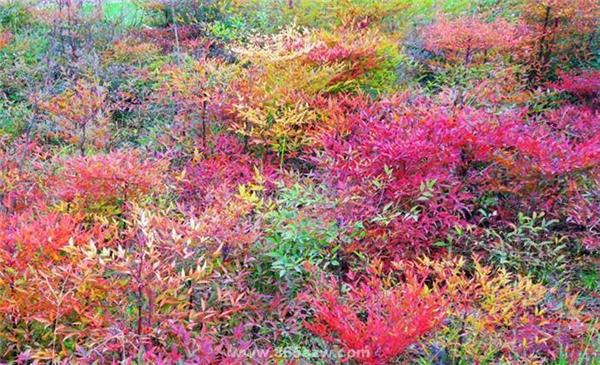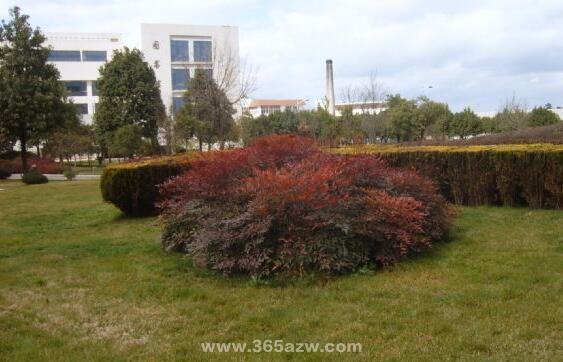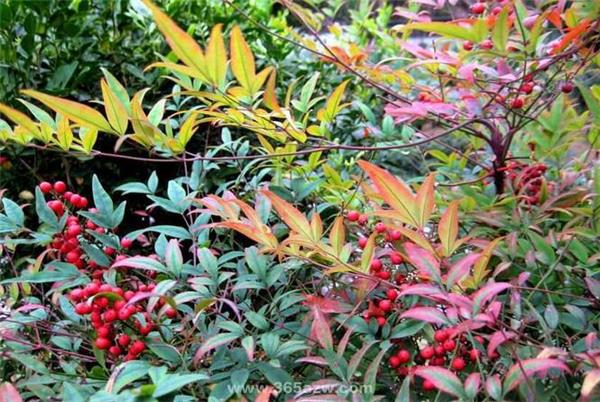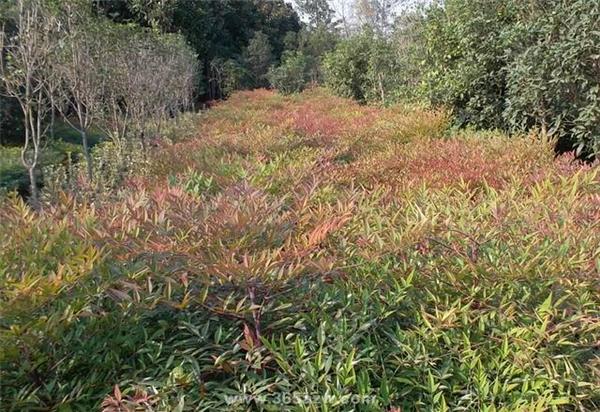Matters needing attention in raising Phyllostachys pubescens
Today, let's take a look at what matters needing attention in southern bamboo culture.
Is Phyllostachys pubescens poisonous

The whole plant of Phyllostachys pubescens is poisonous, the symptoms of poisoning are excitement, pulse first fast then slow, and irregular, blood pressure drop, muscle spasm, respiratory paralysis, coma and so on. The reason why Phyllostachys pubescens is poisonous is that the juice of Phyllostachys pubescens contains Phyllostachys pubescens and Phyllostachys pubescens. Nantianzhu has a strong effect on the central nervous system, can increase the reflex of the spinal cord, and finally fall into paralysis; Nandingningju has an inhibitory effect on the cardiovascular system and skeletal muscles, which will lower blood pressure and cause heart paralysis to death.
Phyllostachys pubescens is poisonous, but it can still be planted. Experts say that many ornamental plants are as toxic as Phyllostachys pubescens, but as long as they pay attention to cultivation methods, such as putting them outdoors, it is not a big deal. And Phyllostachys pubescens is not toxic, only in the case of accidental ingestion can there be dizziness, vomiting, coma and other toxic symptoms.
Reproduction
The methods of sowing, cutting, ramet and so on can be used. After the fruit is ripe in autumn, it will be sown immediately after harvest, or the stratified sand will be stored for sowing in March of the next spring. Generally, it will take 3 months for seedlings to emerge, and the seedlings should be shaded in a shed. The seedlings grew slowly, and the height of 3 cm in the first year was about 50cm after 3 years before they could bloom and bear fruit. The top of the 1 ~ 2-year-old branch can grow 15~20cm, which can be carried out in the rainy season from early March to July to August, and the ramet is more than when the bud sprouts in March in spring combined with transplanting or changing pots, or in autumn.

Culture methods of Phyllostachys pubescens
1. Soil: the cultivated soil of Phyllostachys pubescens requires rich sandy loam with good drainage, which is suitable to use slightly acidic soil.
2. Sunshine: Phyllostachys pubescens is best preserved in semi-shady, cool and moist places.
3. Watering: Nantianzhu watering should be dry and wet. Water frequently during the dry season; water once a day in summer and spray the leaves 2 or 3 times to keep the leaves moist
4. Pruning: in the growing period, cut off the sprouting branches and dense branches from the roots, cut off the longer branches of the ear, and leave 1 or 2 lower branches to blossom and bear fruit.
Third, the function of Phyllostachys pubescens
1. Watch
The branches of Phyllostachys pubescens are as tall and straight as bamboo, the feathered leaves are unfolded and beautiful, and turn red in autumn and winter. The spikes are full of red fruits and are dazzling. In classical gardens, they are often planted on both sides of the mountains and rocks, in the corner of the courtyard, and small plants are suitable for potted ornamental plants to beautify the home.
2. Medicinal use

Phyllostachys pubescens has high medicinal value, and leaf decoction has inhibitory effect on Staphylococcus aureus, Shigella flexneri, typhoid bacillus, Pseudomonas aeruginosa and Escherichia coli. It can treat cold, pertussis, swelling and pain in the eyes, diarrhea, urine and blood. The fruit collects the lungs to relieve cough, clears the liver and clears the eyes. Treat chronic cough, asthma and malaria. Root dispelling wind, clearing heat, removing dampness and resolving phlegm. Treatment of wind-heat headache, lung-heat cough, damp-heat jaundice, rheumatism arthralgia.

The above is the introduction of matters needing attention in southern bamboo culture. I hope it will be helpful to you.
Related
- Wuhan Hospital Iron Tree Blooming Result Was Instantly Frightened by the Gardener Master
- Which variety of camellia is the most fragrant and best? Which one do you like best?
- What is the small blue coat, the breeding methods and matters needing attention of the succulent plant
- Dormancy time and maintenance management of succulent plants during dormancy
- Minas succulent how to raise, Minas succulent plant pictures
- What are the varieties of winter succulent plants
- How to raise succulent plants in twelve rolls? let's take a look at some experience of breeding twelve rolls.
- Attention should be paid to water control for succulent plants during dormant period (winter and summer)
- Watering experience of twelve rolls of succulent plants
- Techniques for fertilizing succulent plants. An article will let you know how to fertilize succulent plants.



